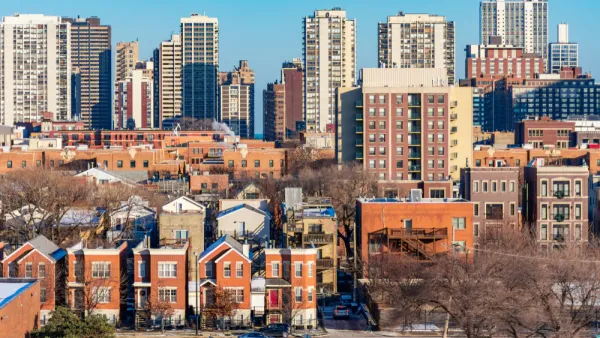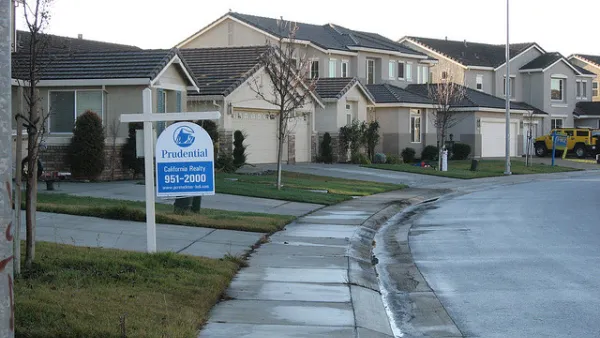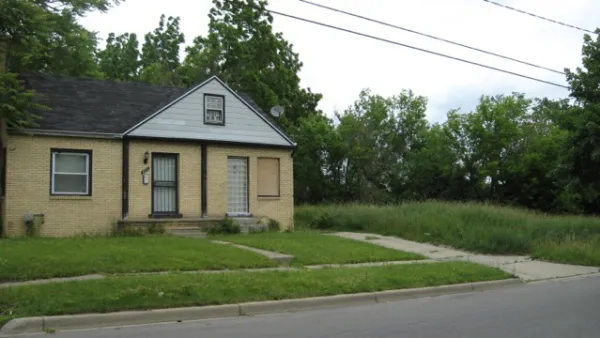Nathalie Baptiste examines the case of Prince George’s County in Maryland near Washington D.C. as a study in how the housing and real estate markets has unjustly attacked the wealth of Black Americans.
"As the wealthiest black-majority county in the United States, Prince George’s has long represented the pinnacle of black success," explains Nathalie Baptiste. "No other majority-black counties in the United States are even comparable in terms of numbers of educated citizens and middle-class incomes, but when the economy crumbled, so did the dreams of many homeowners living in Prince George’s."
"Although the foreclosure crisis left no part of the country untouched, in the Washington, D.C., area—which, overall, weathered the crisis well—Prince George’s County bore the brunt. The reason? Subprime lending."
Baptiste goes on to detail the history of racist policies that precipitated the outsized impacts of the Great Recession and its corresponding housing bust on Black Americans. From among the long article's many data points, here are just a few:
- "Across the nation, black homeowners were disproportionately affected by the foreclosure crisis, with more than 240,000 blacks losing homes they had owned. Black homeowners in the D.C. region were 20 percent more likely to lose their homes compared to whites with similar incomes and lifestyles."
- "The Center for Responsible Lending found that during the housing boom, 6.2 percent of whites with a credit score of 660 and higher received high-interest mortgages but 21.4 percent of blacks with a score of 660 or higher received these same loans."
- "In the Great Recession, according to a working paper [pdf] by Signe-Mary McKernan and colleagues for the Urban Institute, the wealth of U.S. families overall was reduced by 28.5 percent. But for blacks, the authors found, the decline was far greater: a loss of 47.6 percent."
FULL STORY: Them That's Got Shall Get

Analysis: Cybertruck Fatality Rate Far Exceeds That of Ford Pinto
The Tesla Cybertruck was recalled seven times last year.

National Parks Layoffs Will Cause Communities to Lose Billions
Thousands of essential park workers were laid off this week, just before the busy spring break season.

Retro-silient?: America’s First “Eco-burb,” The Woodlands Turns 50
A master-planned community north of Houston offers lessons on green infrastructure and resilient design, but falls short of its founder’s lofty affordability and walkability goals.

Test News Post 1
This is a summary

Analysis: Cybertruck Fatality Rate Far Exceeds That of Ford Pinto
The Tesla Cybertruck was recalled seven times last year.

Test News Headline 46
Test for the image on the front page.
Urban Design for Planners 1: Software Tools
This six-course series explores essential urban design concepts using open source software and equips planners with the tools they need to participate fully in the urban design process.
Planning for Universal Design
Learn the tools for implementing Universal Design in planning regulations.
EMC Planning Group, Inc.
Planetizen
Planetizen
Mpact (formerly Rail~Volution)
Great Falls Development Authority, Inc.
HUDs Office of Policy Development and Research
NYU Wagner Graduate School of Public Service




























